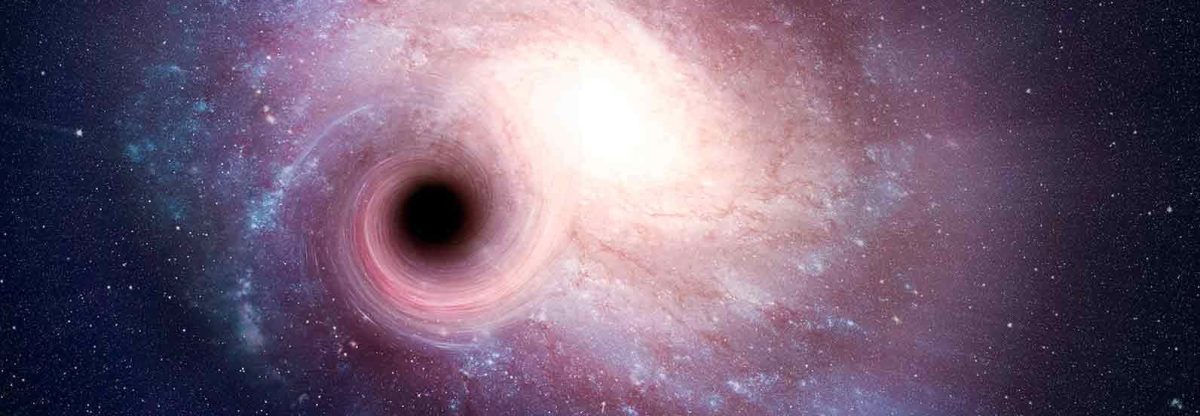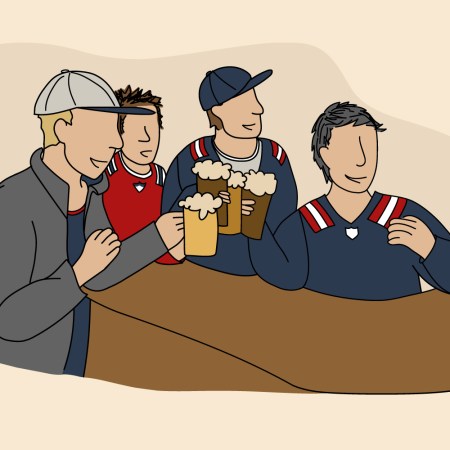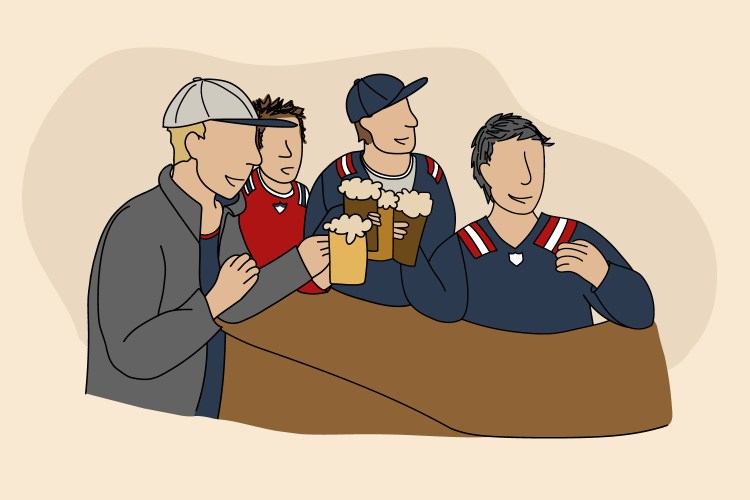Rainer Weiss, Kip Thorne and Barry Barish were awarded the Nobel Prize in Physics on Tuesday for the discovery of ripples in space-time known as gravitational waves. Albert Einstein predicted ripples a century ago, but they had never been seen directly, reports the New York Times.
The Royal Swedish Academy called it “a discovery that shook the world.” Weiss is a professor at the Massachusetts Institute of Technology, while Thorne and Barish are professors at California Institute of Technology.
Their work, which was announced in February 2016, validated Einstein’s longstanding prediction that space-time can “shake like a bowlful of jelly” when large objects swing their weight around, writes the Times.
Weiss, 85, Thorne, 77, and Barish, 81, were the architects and leaders of LIGO, the Laser Interferometer Gravitational-wave Observatory, the instrument that detected the gravitational waves, according to the Times. Weiss will receive half of the 9 million Swedish Kroner prize, while Thorne and Barish will split the other half.
Einstein’s General Theory of Relativity was created back in 1916. It suggested that matter and energy would change the geometry of space-time, which would produce gravity, writes the Times. Space and time were dynamic, according to his equations, and could stretch, tear, and collapse into black holes, which are objects so dense no light escapes them. Einstein’s equations predicted that the motions of massive objects, such as black holes or dead stars, would “ripple space-time with gravitational waves,” according to the Times.
Weiss, and independently Dr. Drever, who was at the University of Glasgow, followed the work of other researchers, and suggested detecting the waves using lasers to monitor the distance between a pair of mirrors, writes the Times. Weiss and Thorne met in 1975 to brainstorm gravitational wave experiments. Throne went home and hired Drever to help build a laser-based gravitational wave detector at Cal Tech, while Weiss was doing the same thing at MIT.
Weiss told the Times that “everybody thought we were out of our minds,” when he explained the experiment to his potential funders, the National Science Foundation, which eventually ordered the two groups to merge, and spent $1 billion over the next 40 years on the project. Drever was eventually forced out of the detector project. Barish became director of the project in 1994 and reorganized the project and created a worldwide LIGO Scientific Collaboration of astronomers and physicists.
Vibrations from a pair of colliding black holes hit the detectors in Louisiana and Washington with a “chirp” for one-fifth of a second in September 2015.
Read more about the winners of the Nobel Prize at The New York Times.
This article was featured in the InsideHook newsletter. Sign up now.























